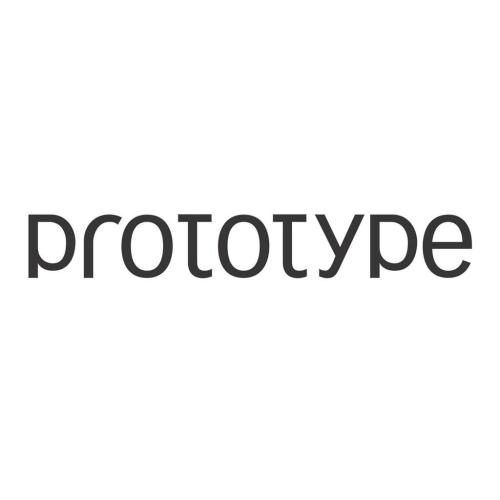Image recognition with prototypes is considered an interpretable alternative for black box deep learning models. Classification depends on the extent to which a test image "looks like" a prototype. However, perceptual similarity for humans can be different from the similarity learned by the classification model. Hence, only visualising prototypes can be insufficient for a user to understand what a prototype exactly represents, and why the model considers a prototype and an image to be similar. We address this ambiguity and argue that prototypes should be explained. We improve interpretability by automatically enhancing visual prototypes with textual quantitative information about visual characteristics deemed important by the classification model. Specifically, our method clarifies the meaning of a prototype by quantifying the influence of colour hue, shape, texture, contrast and saturation and can generate both global and local explanations. Because of the generality of our approach, it can improve the interpretability of any similarity-based method for prototypical image recognition. In our experiments, we apply our method to the existing Prototypical Part Network (ProtoPNet). Our analysis confirms that the global explanations are generalisable, and often correspond to the visually perceptible properties of a prototype. Our explanations are especially relevant for prototypes which might have been interpreted incorrectly otherwise. By explaining such 'misleading' prototypes, we improve the interpretability and simulatability of a prototype-based classification model. We also use our method to check whether visually similar prototypes have similar explanations, and are able to discover redundancy. Code is available at https://github.com/M-Nauta/Explaining_Prototypes .
翻译:对原型进行图像识别被认为是对黑盒深层学习模型的一种可解释的替代方法。 分类取决于测试图像“ 看上去像” 的原型。 然而, 人类的感知相似性可能不同于分类模型所学的相似性。 因此, 只有可视化原型可能不足以让用户理解原型的确切代表, 以及为什么模型认为任何基于类似性的原型和图像都相似。 我们解决了这种模糊性, 并主张原型应该加以解释。 我们通过自动加强视觉原型来改进可判读性。 我们通过对分类模型中认为重要的视觉特征的文字定量信息来自动增强可判读性。 具体地说, 我们的方法可以澄清原型的原型的含义, 量化颜色、 形状、 形状、 纹理、 对比和饱和度, 并且可以产生全球性解释。 由于我们的方法的笼统性, 我们的原型的原型的原型, 我们的模型可以被应用到现有的ProtoPNet(ProtoNet) 。 我们的分析确认全球的解释是可概括的, 也常常地解释。 我们的原型的原型解释。 我们的原型解释的原型的原型的原型, 我们的原型的原型, 也可以的原型可以用来解释。




